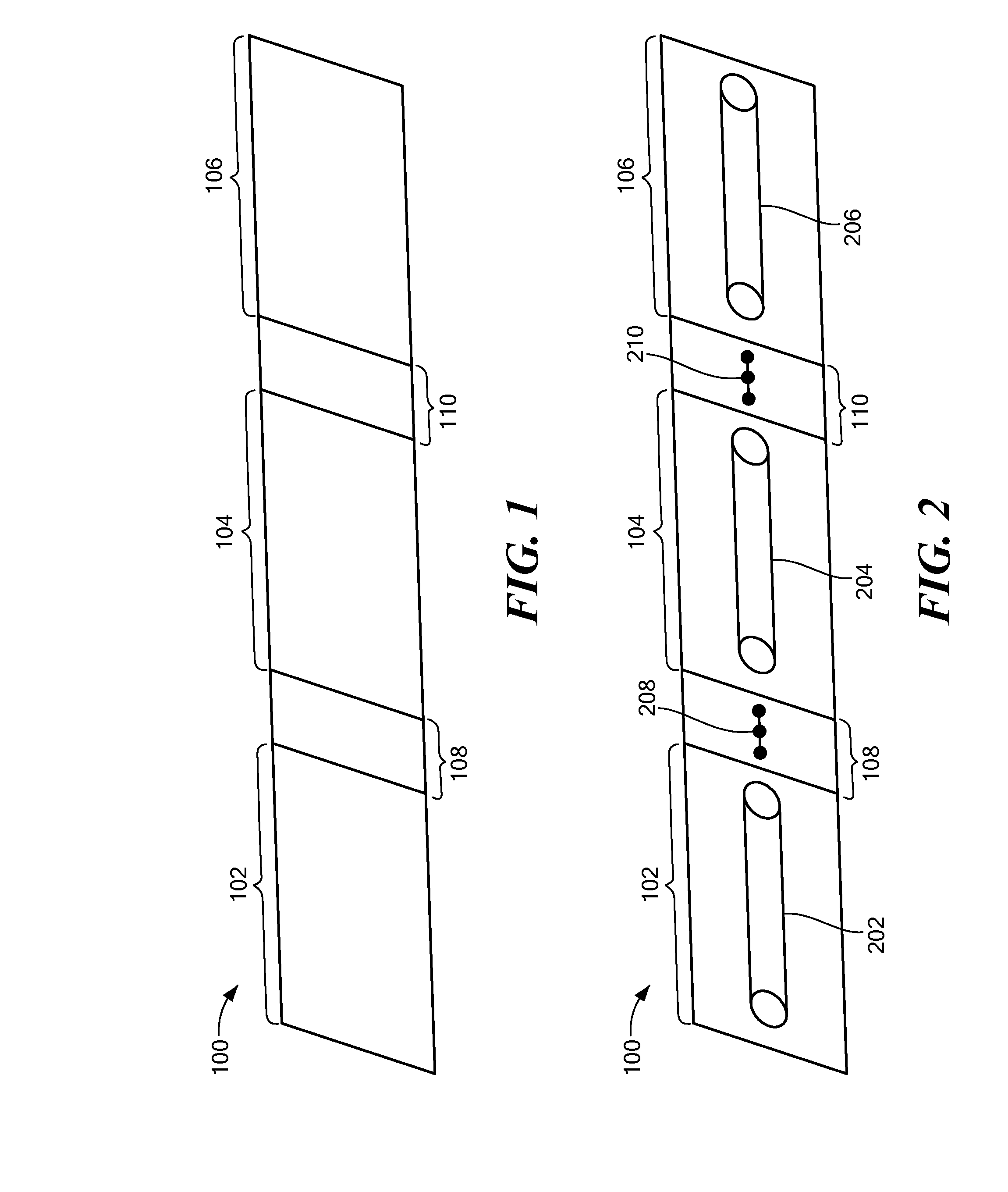Infrared furnace system
a furnace system and infrared technology, applied in the direction of furnaces, drying machines with progressive movements, lighting and heating apparatus, etc., can solve the problems of providing a process with only one rate of wafer passing speed and the way, and achieve the effect of optimizing the heating and/or cooling profile and minimizing the footprin
- Summary
- Abstract
- Description
- Claims
- Application Information
AI Technical Summary
Benefits of technology
Problems solved by technology
Method used
Image
Examples
Embodiment Construction
[0036]The entire contents of U.S. Provisional Patent Application Ser. No. 61 / 156,588 for “Infrared Furnace System,” filed Mar. 2, 2009, is incorporated by reference herein for all purposes.
[0037]In the following detailed description, numerous specific details are set forth in order to provide a thorough understanding of the embodiments of the present invention. It will be understood by those of ordinary skill in the art that these embodiments of the present invention may be practiced without some of these specific details. In other instances, well-known methods, procedures, components and structures may not have been described in detail so as not to obscure the embodiments of the present invention.
[0038]As will be described in more detail below, an infrared furnace system, in accordance with various embodiments of the present invention, provides a system that allows for adjusting the amount of time a wafer spends in a respective section of the furnace while at the same time minimizi...
PUM
 Login to View More
Login to View More Abstract
Description
Claims
Application Information
 Login to View More
Login to View More - R&D
- Intellectual Property
- Life Sciences
- Materials
- Tech Scout
- Unparalleled Data Quality
- Higher Quality Content
- 60% Fewer Hallucinations
Browse by: Latest US Patents, China's latest patents, Technical Efficacy Thesaurus, Application Domain, Technology Topic, Popular Technical Reports.
© 2025 PatSnap. All rights reserved.Legal|Privacy policy|Modern Slavery Act Transparency Statement|Sitemap|About US| Contact US: help@patsnap.com



